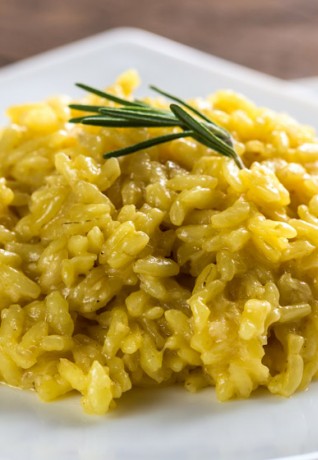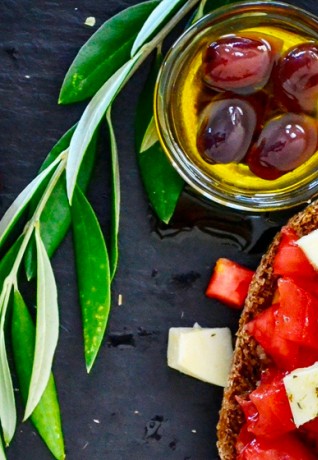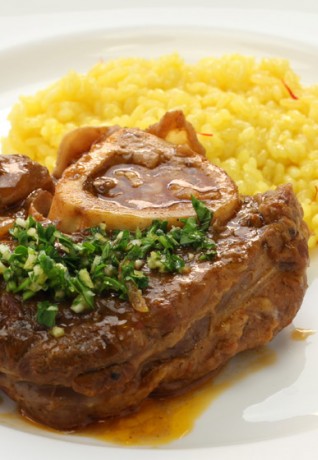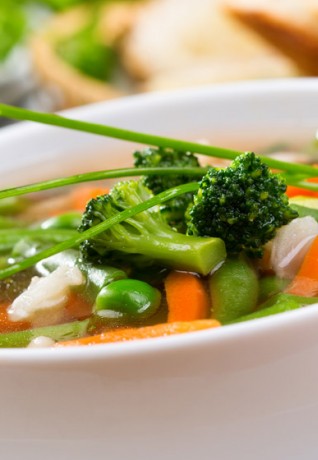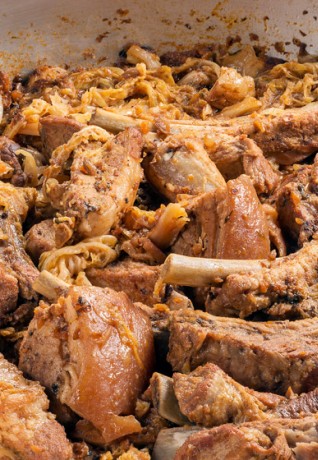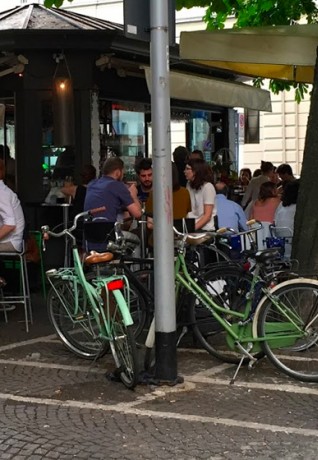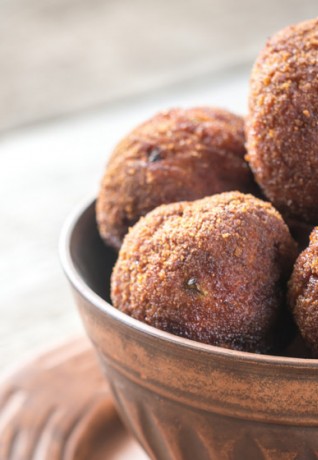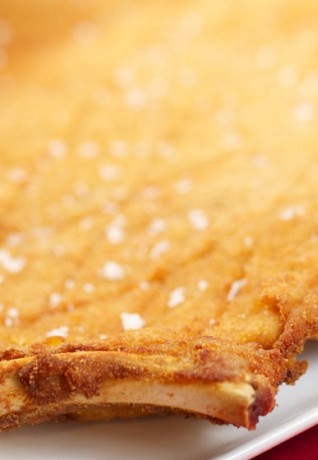Food excellence from Lombardy: DOP and IGP products
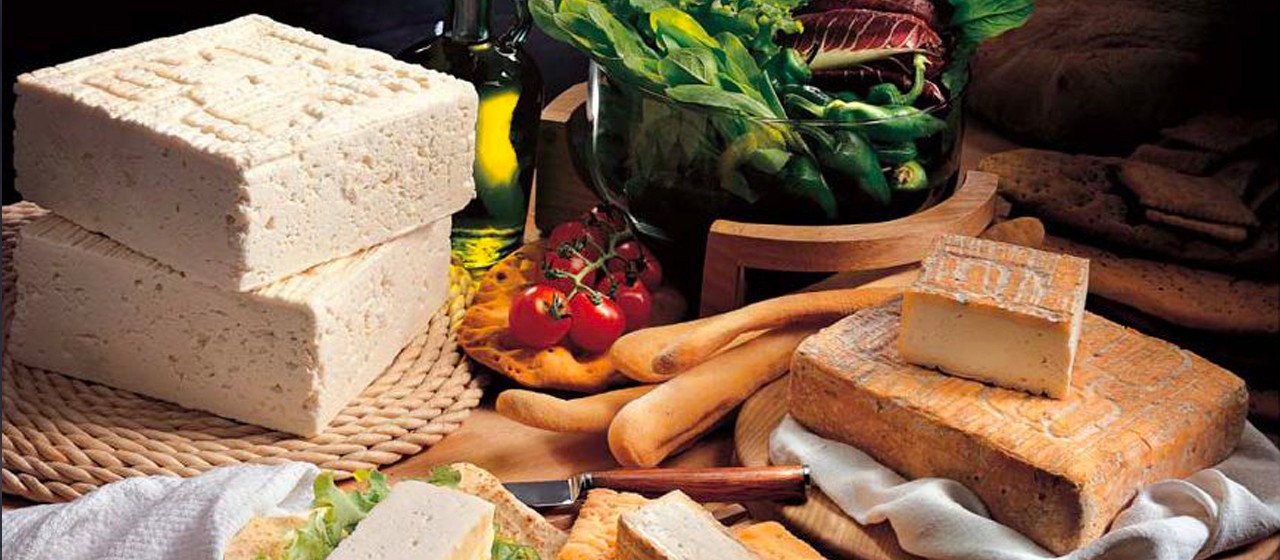
Italy is the European country with the most significant number of agri-food products to have been awarded the EU-recognised Protected Designation of Origin (DOP) and Protected Geographical Indication (IGP) status.
This further demonstrates the great quality of Italian food products but, above all, the strong bonds that link Italian agri-food excellence to its territory of origin.
These labels are guarantees of genuine quality, issued by the EU upon recommendation from the Ministry of Agriculture and Forestry, requiring very thorough preliminary investigations, including the commitment from all producers to undergo constant third-party control for certification.
When customers purchase one of these products, the DOP or IGP status is a guarantee of quality and origin at the same time.
If you are willing to try the food specialities of the area and taste real traditional Milanese cuisine, chose one of the restaurants displaying the Denominazione Cucina Ambrosiana (DeCA) label.
The DOP products from the Milan area are cheeses such as Gorgonzola, Grana Padano, Provolone Valpadana, Quartirolo Lombardo, Salva Cremasco and Taleggio.
Gorgonzola is an Italian blue veined cheese produced from unskimmed cow's milk. Marbling is a dairy processing technique that nurtures the development of moulds in the cheese with the consequent appearance of characteristic blue-green veins and spots.
As the name may suggest, this PDO cheese originates from the town of Gorgonzola in the Milan area: Sagra del Gorgonzola (Feast of Gorgonzola) is celebrated there every year towards the end of September.
Grana Padano is a hard-cooked, slow-ripening Italian DOP cheese.
The traditional Grana Padano PDO production procedures, strictly regulated by the above-mentioned standards, is a naturally lactose-free cheese that is therefore easily digested even by those who are lactose-intolerant.
The breaking down of the remaining lactose takes place during the first phase of curing.
The origins of Grana Padano date back to 1135, a time when the Cistercian monks of Chiaravalle Abbey toiled tirelessly to reclaim the area's marshy lands in order to favour the expansion of agriculture and livestock farming.
The flourishing agricultural landscape meant that there was milk in excess of and the need arose to find a solution to preserve it for long periods.
Looking for ways to create a product that would not spoil, after a few experiments they decided to cook the milk for a long time, add rennet, and proceed with salting to create this hard cheese. This product seems to acquire more and more flavour with passing time, and the aging process enables the milk's nutritional principles to be preserved unaltered.
Provolone Valpadana is a stretched-curd cheese, made with cow's milk, and is available in two versions, Dolce (mild) and Piccante (piquant) with a high aromatic intensity. Aged for different lengths of time, depending on size, it requires a minimum ripening of 30 days and a long ageing process that for the Piccante version can be as long as 16 months.
Its origin dates back to the early 1800s when peasants from the south of Italy started migrating towards the Po Valley, bringing along their own tradition of cattle breeding and their techniques, hence creating a real agricultural revolution, favouring farming and a new production of cheeses in many regions. This explains the extent of the vast territory in which Provolone Valpadana is produced today.
Quartirolo Lombardo D.O.P. is a full-fat, or semi-fat, soft textured cheese produced with fresh or lightly cured cow's milk.
Quartirolo Lombardo can boast a long and interesting history which dates back to the 10th century at least.
At the end of each September, the cows returning to the valleys at the end of the seasonal migration from the summer's higher pastures to the plains, grazed on the low and thick grass characteristic of the end of the season: the so-called Quartirola (grass of the fourth cut).
Cow’s milk used in the production of Quartirolo is low in fat. The moderate content of animal fats means this cheese is suitable for low-calorie diets. Moreover, this special type of milk gives it its characteristic slightly acidic flavour.
Perfect in salads, for cold dishes, or enjoyed alone, it is a versatile cheese great for all sorts of culinary treats.
Salva Cremasco is a soft raw-washed rind cheese, produced exclusively with whole cow's milk and requiring a minimum aging time of 75 days. It has an aromatic and intense taste with a tangier flavour as it ages.
Taleggio is a fatty, raw cheese made with whole cow's milk.
This creamy homogeneous cheese with a compact texture has a thin edible rind with a pinkish colour.
It tastes sweet and buttery with an acidic, slightly aromatic piquancy and a characteristic and easily distinguishable smell.
As it ages, it acquires some tangy notes and, as a natural ripe cheese, its maturation and digestibility continue until consumption.
The IGP products produced in the Milan area are salami such as Coppa di Parma, Salame Brianza and Zampone Modena.
Coppa di Parma IPG is an Italian pork shoulder salami with Protected Geographical Indication. The fresh meat is seasoned, dry salted and stored on special shelves in such a way as to enable the salt to penetrate inside the cut pieces. At the end of the salting phase, coppa is packed into a natural bovine casing and hand tied with hemp cord. It is then left to dry to eliminate part of its fluids and placed in the seasoning rooms for a minimum time of 60 days. Its dehydration continues and coppa acquires its characteristic mellow, persistent flavour and a delicate perfume, which makes it excellent as an appetizer.
Salame Brianza is produced with pork exclusively from farms in Lombardy, Emilia Romagna and Piedmont.
It can be fine-grained or coarse-grained. Drying and curing are carried out according to well-established rules in terms of timing and methods, depending on the diameter of the salami. When sliced, the consistent and compact meat is homogeneous and ruby red in colour with a delicate and distinctive aroma that tastes very sweet, never tangy.
Being an IGP product, Zampone Modena must only be produced in a well-defined area of the Po Valley, comprising Emilia-Romagna, lower Veneto with the provinces of Verona and Rovigo, and Lombardy with the provinces of Varese, Mantua, Brescia, Milan, Lodi, Como, Lecco, Bergamo and Pavia.
Zampone ingredients are pig rinds and cuts that can withstand long cooking plus the throat and the cheek lard, as well as the toughest parts of the shoulder.
All the meats are minced together but rind is minced separately as it has to be pulverised into very small pieces. The two minces are then mixed and seasoned with salt, pepper, wine and various spices - and finally stuffed into boneless pig trotters.
Zampone is traditionally eaten with lentils on New Year's Eve (their coin-like shape was reputed to ensure prosperity) but this kind of salami is also excellent with mashed potatoes, stewed potatoes or peas.
A more refined way of serving it is wrapped in puff pastry or even as stuffing for a roast duck or goose.

 Log in
Log in


